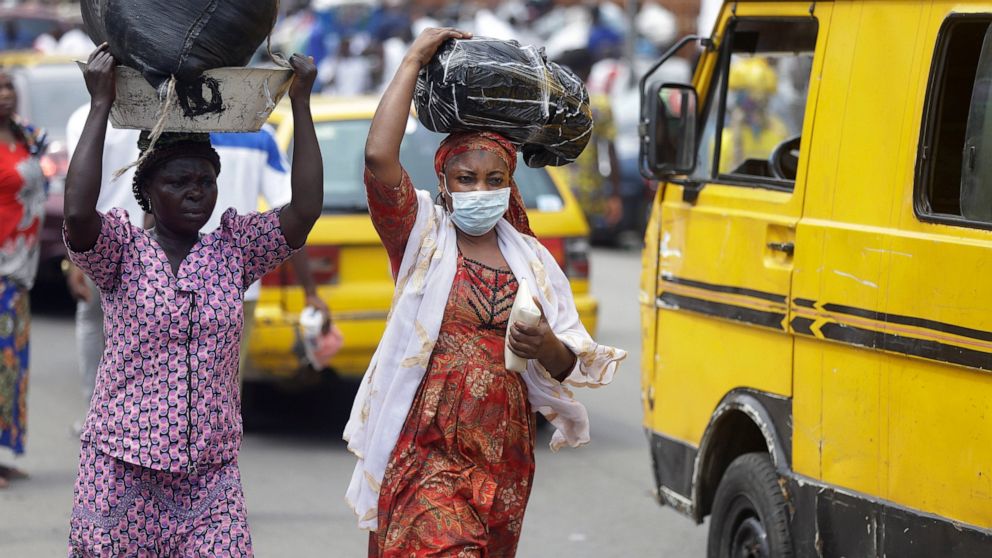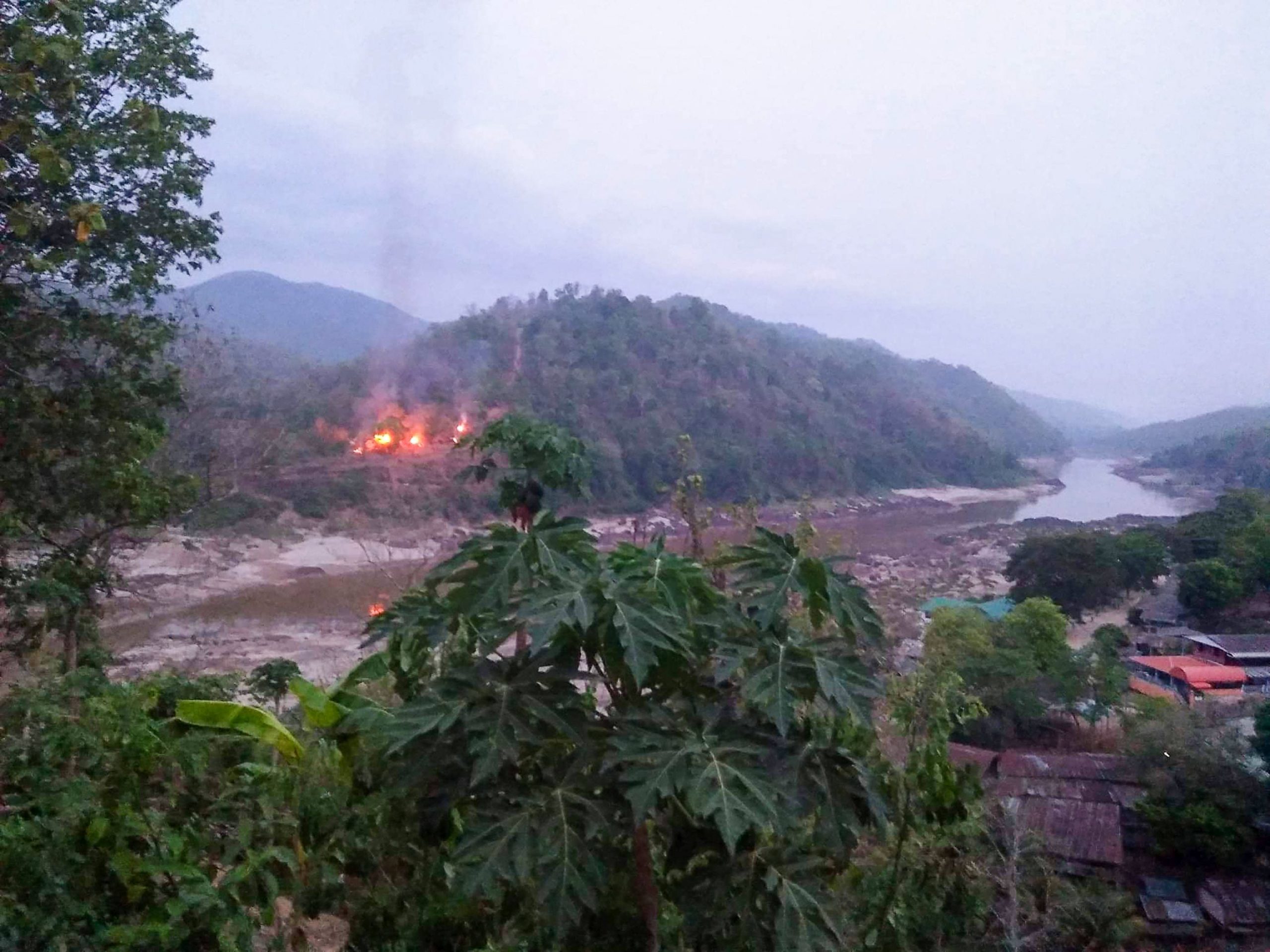The glacier burst took place at the Rishiganga power project after a portion of the Nanda Devi glacier broke off in the Tapovan area. Tapovan belongs to the Joshimath in Uttarakhand’s Chamoli district.
The Burst took place on Sunday morning and damaged the Rishiganga dam on the Alaknanda river. It is believed that a landslide, avalanche, or glacial lake outburst flood was the cause of the incident.
What the Experts have to say
Many experts are saying otherwise. Experts allegedly say that the Outburst was caused due to the Increasing levels of Global Warming.
Scientists have warned that climate change is melting the Himalayan glaciers at an alarming pace.
This pace has increased to more than twice on average than in the 20th century.
The glaciers, which supply water to a vast number of people, could be mostly gone by the end of the century. “This looks very much like a climate change event,” said Anjal Prakash, a professor at the Indian School of Business in Hyderabad. “The glaciers are melting due to global warming.”
The Cause
The flooding was caused when a portion of the Nanda Devi glacier broke off early on 7 February. This resulted in the release of water trapped behind the ice in a glacial lake outburst flood.
The cause for the glacier falling apart may be due to global warming. It can also be a result of construction projects in the area. The source, likely a proglacial lake dammed by glacial till that was deposited as the retreat of the Himalayan glaciers, could have been hidden beneath a layer of ice that masked it from satellite imaging. Other scientists have noted that satellite images suggest it may have been a landslide that triggered events.
Source: Wikipedia




